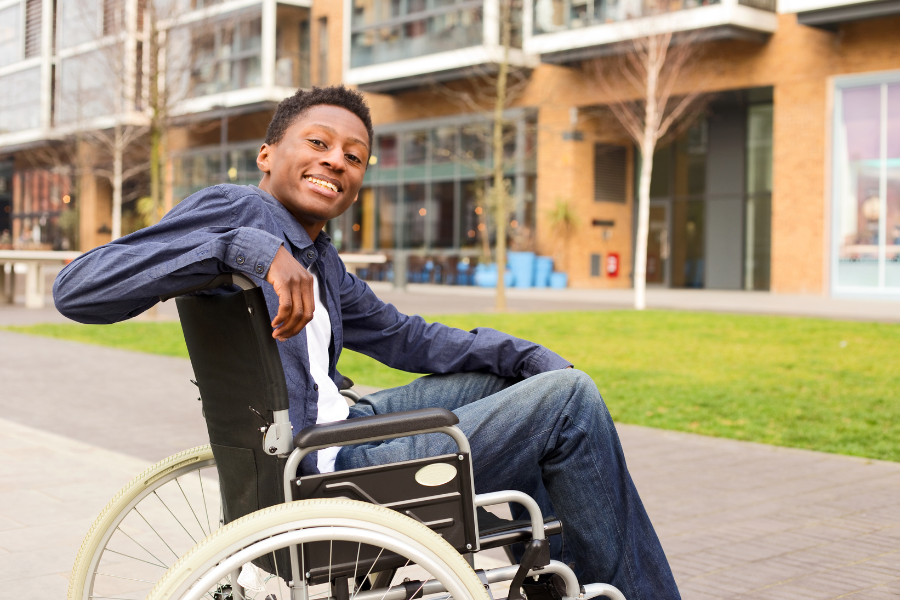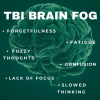The lumbar portion of the spinal cord is located at the lower portion of the back beginning at the end of the thoracic spine and ending above the sacral spine. The lumbar spinal cord consists of five lumbar vertebrae and five pairs of spinal nerve roots labeled as L-1 through L-5.
While the spinal cord is made up of 31 pairs of spinal nerve roots, after L-1, which is the level of the first lumbar vertebra, the spinal cord ends. This means the nerve roots cannot arise from the spinal cord in the same way they do above L-1. Instead, the spinal nerves, contained in and protected by cerebrospinal fluid, dangle down, tapering into a structure called the cauda equina.
Cauda equina is a bundle of spinal nerves and spinal nerve rootlets, consisting of the second through fifth lumbar nerve pairs, the first through fifth sacral nerve pairs, and the coccygeal nerve, all of which arise from the lumbar enlargement and the conus medullaris of the spinal cord.
The lumbar vertebrae are the largest in the spinal column and are made up of thicker block-like bones.
The purpose of the lumbar vertebra is to provide stability for your spinal column and back and is the center of your body’s balance. The lumbar vertebrae also support most of your body’s weight. Additionally, the lumbar spine and the muscle and ligaments that attach to them allow you to be able to walk, run, sit, lift and move your body in all directions.
Of all spinal cord injuries, roughly 11 percent are classified as lumbar spinal cord injuries. The most common causes of lumbar spinal cord injuries are motor vehicle accidents, trauma, falls, birth defects, degeneration and osteoporosis. All spinal cord injuries are characterized as a complete spinal cord injury or incomplete spinal cord injury.
Complete spinal cord injuries mean the spinal cord is fully severed, which results in permanent damage to the area of the spinal cord that is affected.
Paraplegia or tetraplegia are results of complete spinal cord injuries.
An incomplete spinal cord injury refers to partial damage to the spinal cord. The spinal cord is compressed or injured, but the brain’s ability to send signals below the site of the injury is not completely removed. The ability to move and the amount of feeling depends on the area of the spine injured and the severity of the injury.
Lumbar spinal cord injuries can affect many functions.
- L-1: these nerves provide sensations to the groin and genitals. An injury to this level may result in the legs being completely paralyzed, or lacking sensation, and bowel function and bladder function may be affected.
- L-2-L-4: these nerves provide sensations to the front thighs and the inner side of the lower legs. These nerves also control movement of the hip and knee muscles. Those with an L-2 spinal cord injury will be able to feel their upper thighs and move their hips but may be unable to move or feel their lower legs. Those with an L-3 injury may have more hip and knee movement but may lack sensation and movement in the ankles and lower legs. Following an L4 spinal cord injury, hip, knee and some ankle functions are intact, while sensation and motor control of the foot may be affected.
- L-5: these nerves provide sensation to the outer side of the lower legs and the upper foot. These also help to control the hips, knees, feet and toe movements. The ability to bend and straighten the big toe (flexion and extension) and the ability to separate the toes (abduction) are also affected by L5 spinal nerves. Those with an L-5 injury will have feeling and movement in the feet but may still lack feeling in the back of the leg and some ankle movement.
Lumbar spinal cord injuries can be severe but are not life-threatening. Patients with a lumbar spinal cord injury can be independent and care for their own hygienic and mobility needs, can maneuver in their manual wheelchair and may even walk for short distances.
The main issue those with lumbar spinal cord injuries face is weakness, which is why physical therapy is imperative.
Neuropraxis is a home and community spinal cord injury rehabilitation program that offers multiple types of therapies such as physical therapy and occupational therapy to help clients regain their independence after an SCI.
Neuropraxis works closely with each participant to develop a treatment plan that is individualized to them to offer them the best possible outcome and recovery from a spinal cord injury.
Neuropraxis also incorporates client education and support groups to help with the psychological issues that can arise after a traumatic spinal cord injury.
For more information, contact Neuropraxis at (888) 266-8921 or hello@neuropraxisrehab.com, or visit www.neuropraxisrehab.com.
References:
www.simplypsychology.org
www.ncbi.nlm.nih.gov
www.spine-health.com
my.clevelandclinic.org
www.flintrehab.com
www.verywellhealth.com
www.wikipedia.org
www.spinalcord.com



